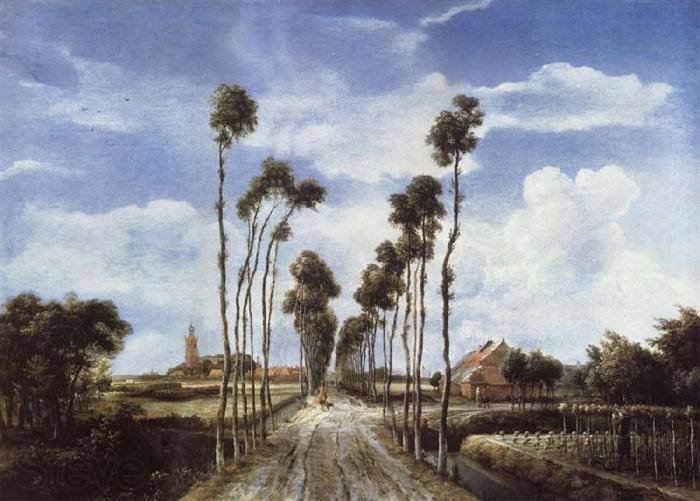The Beauty & Ethics of Perspective
In the 15th century, the Florentine architect Filippo Brunelleschi worked out a scientific method of representing three-dimensional forms on a flat surface. This understanding of linear perspective changed the course of art history. At last, artists were able to depict the depths and distances of the world.
The technique of perspective is now a fundamental part of the art classroom and I have loved teaching it to high school students at LaGuardia High School for Music and Art using the Aesthetic Realism Teaching Method. I have been fortunate to learn with my students how the beauty of art has an urgent message for our lives. That message is in this principle, stated by the 20th century educator and founder of Aesthetic Realism, Eli Siegel:
“All beauty is a making one of opposites, and the making one of opposites is what we are going after in ourselves.”
The technique of linear perspective puts opposites together: near and far, surface and depth, appearance and reality. “The purpose of perspective,” said Eli Siegel in his great 1951 lecture Aesthetic Realism as Beauty: Painting, “is to have a surface function as if it were also inclusive of distance, also inclusive of depth.”
Hobbema, Meindert, The Avenue at Middelharnis, 1689, oil on canvas, 40.7 in x 55.5 inches, National Gallery, London
Surface inclusive of distance is what we see in the painting The Avenue at Middelharnis by the 17th century Dutch artist Hobbema. Discussing this work with my students, I have asked, “How far down that road can we see, 500 yards, a mile?” “No, farther, miles and miles,” students have said. And this is astounding, given the fact that we are looking at a flat surface!
Through the use of perspective, the artist is able to relate with great proportion what is far in the distance to what is near. Hobbema uses perspective to show an accurate relation among figures, trees, buildings, space. We see that relation in the group of people at the end of the road, the man and dog in the middle distance, and the figure in the field to the right, nearest to us.
This has an important ethical meaning for every student and teacher. I have asked my students: as something gets smaller and further away, does its meaning become less? It doesn’t. As Hobbema so beautifully shows, the artist doesn’t play near and far off against each other, as we often do in life. He wants to see meaning in both near and far. I have also asked my students “Do the sides of a road really come together as that road goes into the distance?” No, they don’t. In life, we can change the facts of reality to suit ourselves, which is contempt. It thrilled my students to learn that the artist changes the appearance of a thing for the purpose of respect—to show it more truly. Through linear perspective the sides of the road appear to meet in the distance at a point—the vanishing point—in order for that road to appear as it really is.
The subject of perspective brings up many questions we can ask about ourselves and our students:
1. Do we use what is near to be fair to what is far away?
2. How deeply, beneath the surface, do we want to see things and people?
3. Do we see with all the dimension we can, or do we flatten meaning?




